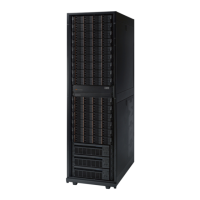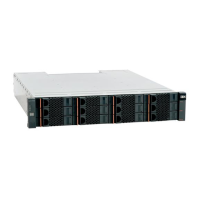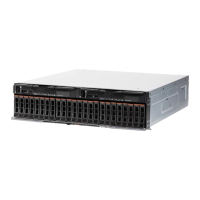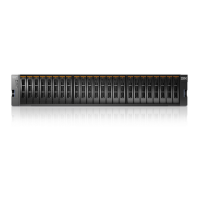Setting the Special Type of Hosts or Clusters
Sets the special type of a host or a cluster.
special_type_set <host=HostName | cluster=ClusterName> type=<default|hpux|zvm|esx>
Parameters:
Name Type Description Mandatory
host Object name Host name. N
cluster Object name Cluster name. N
type Enumeration Special map type. Y
This command sets a special type for a host or a cluster. The supported special
types are HPUX and ZVM. It should be specified for hosts or clusters that run the
HP/UX operating system. All other operating systems do not require a special
type.
Example:
special_type_set host=tlib_host_pro26_fc0 type=zvm
Output:
Command executed successfully.
Access Control:
User Category Permission
Storage administrator Allowed
Storage integration administrator Allowed
Application administrator Disallowed
Security administrator Disallowed
Read-only users Disallowed
Technicians Disallowed
Completion Codes:
v HOST_BAD_NAME
Host name does not exist
v HOST_BELONGS_TO_CLUSTER
Host is part of a cluster
v CLUSTER_BAD_NAME
Cluster name does not exist
Listing Hosts/Cluster to which a Volume is Mapped
Lists all hosts and clusters to which a volume is mapped.
vol_mapping_list vol=VolName
Chapter 2. Host and Cluster Management
23

